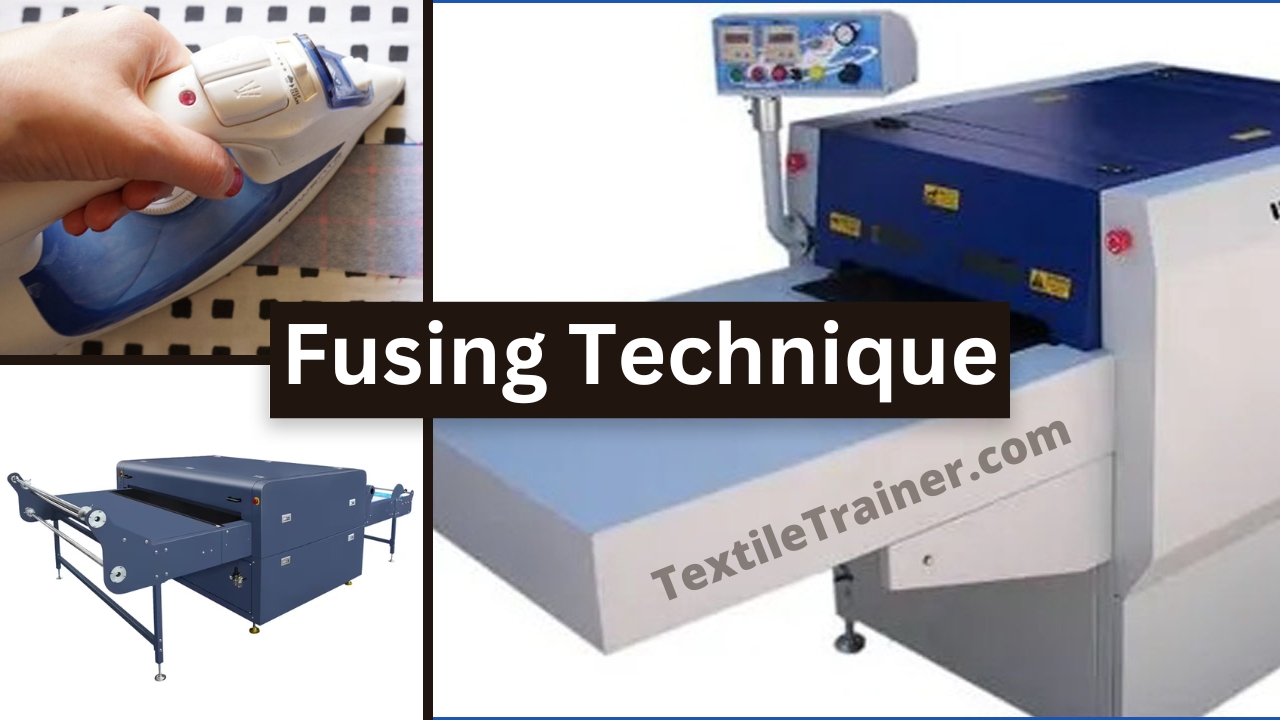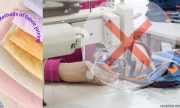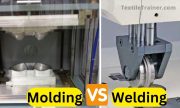Name of the Experiment
Study on the general concepts of different fusing technique
Introduction:
A fuse is one of the most common methods of joining fabrics, which involves bonding interlining material to fabric with heat and pressure. A fusible interlining’s adhesive layer is activated by applying heat, usually with an iron or fusing machine. There is a special adhesive layer on one side of the interlining that melts when heated and bonds with the fabric. The heat-activated adhesive forms a secure connection between the interlining and fabric, ensuring it remains firmly in place even during wear and laundering. Using fusing to attach interlinings has several advantages. It is a convenient and efficient way of adding structure, support, or desired characteristics to garments without extensive hand sewing. The fusing process is relatively quick, allowing for efficient production in manufacturing settings. Fusing also offers a seamless appearance since there are no visible stitches or thread lines on the fabric outer surface. This makes it particularly suitable for lightweight or delicate fabrics. A successful fusing outcome depends on choosing the right fusible interlining for the fabric and garment application. Depending on the specific requirements of the project, the weight, composition, and adhesive strength of different interlinings should be carefully considered. It is an effective and widely used method of attaching interlining to fabric, ensuring the interlining remains securely in place while maintaining a clean and professional appearance.
Objectives:
- Learn about the different fusing techniques and how they work in order to gain a better understanding.
- Comparatively and analytically examine the effectiveness of various fusing techniques as they pertain to binding fabrics together.
- Investigate how different types of fusing techniques affect the overall strength and durability of the fused fabric as a whole.
- Analyze the aesthetics and seam quality achieved through the use of different fusing techniques.
Fusing Techniques:
A fusible interlining is usually fused with the help of a fusible machine in the garment industry, with a range of different types of fusible machines being used. There are four main types of fusible machines available today.
- Hand iron.
- Flat bed fusing press.
- Continuous fusing press.
- High frequency fusing.
Now we will discuss in details all the fusing techniques which are mentioned above:
1. Hand iron:
The interlining which is fused comparatively at low temperature and pressure are fused by using a hand iron. These are the most commonly used methods for applying lightweight fusible interfacing for applique. There are several problems during fusing, none of the three parameters of temperature, pressure, or fussing time can be adequately controlled. Therefore, the operator approximates the time in such a way that the bond is weak. In this method, there are various difficulties with the fusing process. The final fusing must be done after sewing the garment with the fusing for better results. There are only a few parts that can be fused with any level of progress, and then, after pressing the iron for a specified time onto the fusible, covering each part one by one, and utilizing steam to move the warmth throughout. When washing the garments, it is possible that the bond between the interlining and the garment may separate.
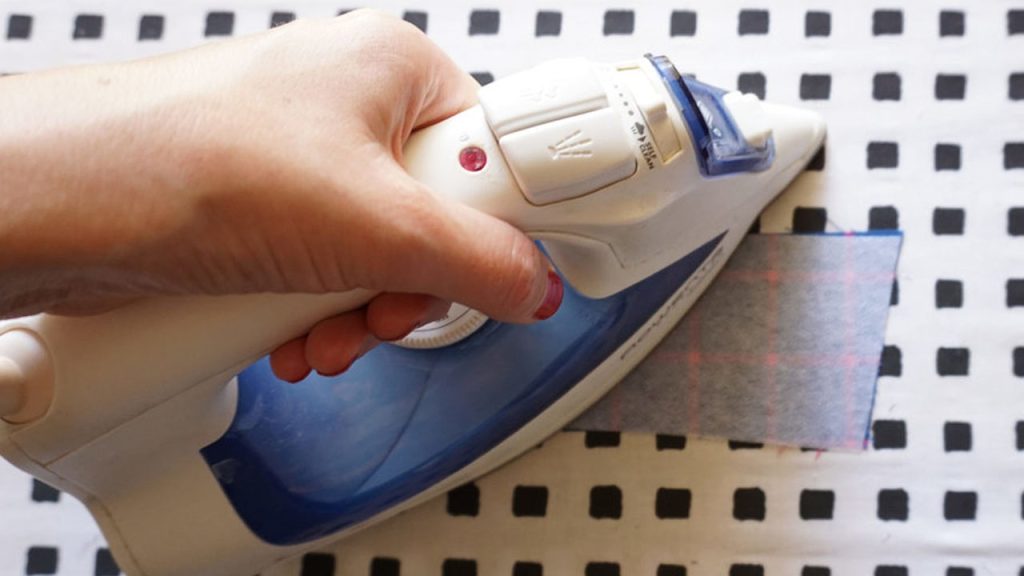
2. Flat bed fusing press:
In this machine, there are generally two beds; one bed is static referred to as ‘BUCK,’ and one bed is moveable referred to as ‘HEAD.’ An interlining and garment component is placed first on the BUCK, covered by a soft bead fabricated from fabric, blankets, or silicon rubber. A PTFE coating is applied to the surface buck and head. With this coating, you can easily remove melted resins, dust, and spots. A steam or electric heating system is used. In this machine, temperature, pressure, and time can be predetermined; thus, fusing conditions can be maintained correctly. After placing the part of the garments that will be fused flat on the floor, the resin surface of the interlining is carefully placed on it. During switch operation, the HEAD moves downward and touches the Buck and creates pressure on the interlining component. When the HEAD applies heat to the entire surface for a certain period of time, it moves upward. After the HEAD has been separated from the BUCK for a certain period of time, the HEAD is removed. The fused parts are then cooled by an air sucking fan in the buck. The fused parts are cooled very quickly by sucking air within the buck. These jobs are repeated on many machines in cyclic order. The HEAD goes up and the BUCK suckes air for a specified period of time.
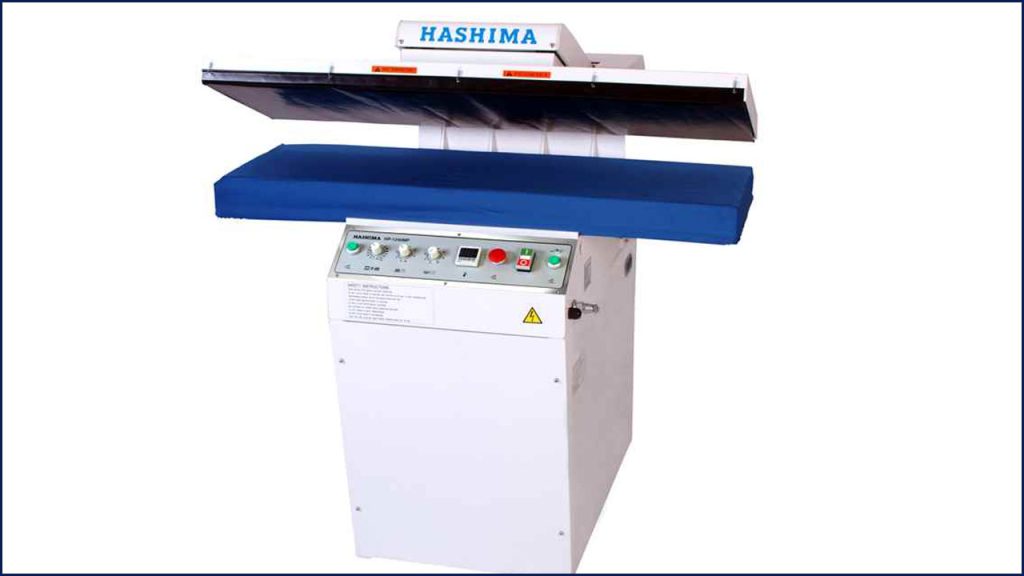
3. Continuous fusing press:
In this machine, the parts of the garment and the interlining are properly placed one upon another for stiffening fabrics among other things. On endless loop or loop-shaped feed sheet and fed in a flat condition. A feed sheet transports this part as well as the interlining to the fusing chamber where necessary pressure and heat are applied. A direct or indirect method is used to transmit heat in the interlining. With the help of a pair of rollers, the necessary pressure is applied to the interlining after the heat is applied. Rollers are generally covered with hard rubber, and the pressure is generated using springs or pneumatics. There is also a provision for increasing or decreasing heat on the roller. The preselected time is determined through the control of the speed of the endless feed sheet. The fused parts are removed carefully from the delivery sheet and flattened immediately after fusing. Because during removing the fused part in a heated condition., any folds made there may be permanent. One worker is persistently feeding, while another worker accepts the fused parts on the conveyance side ceaselessly. Continuous machines produce high volumes of fabric, and they fuse well. These machines are used most often in the garment industry since they have an automatic feedback system for double fusing. Tapes that stick to fabric are often applied using these machines.
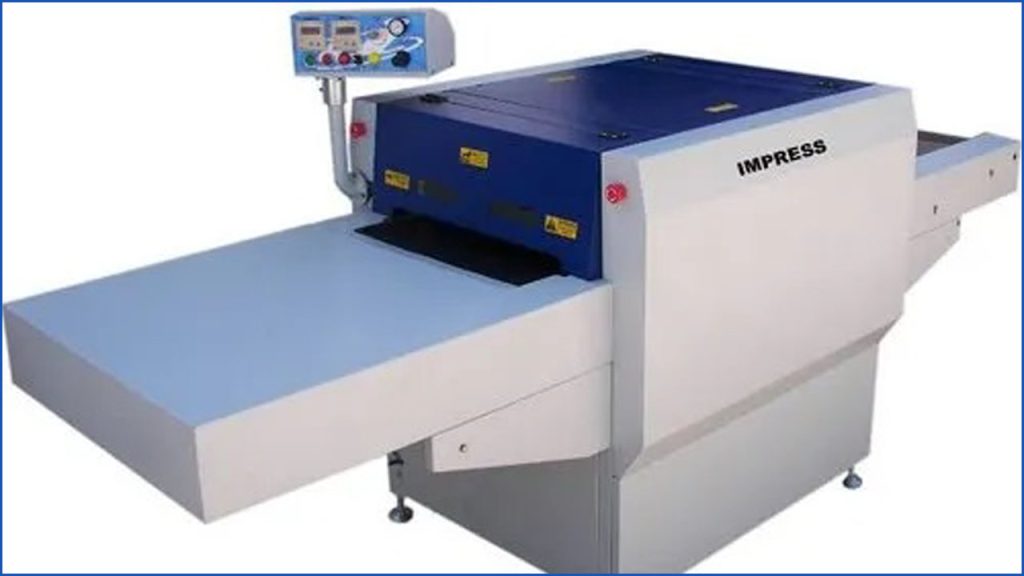
4. High frequency fusing:
This type of machine is quite different from a continuous fusing machine. The fusing machine creates heat the same way that microwave ovens do. Fabrics and interlining are stacked between two metal plates and placed between the plates. With the help of spring pressure, the upper plate exerts pressure on the fabrics and interlinings. Because the material is moving rapidly between the plates, high friction heat is generated. A uniform amount of heat is generated uniformly on all corners of the fabric and interlining at the same time. For the generation of heat, water is required. The difference between water vapor and heat may also occur. The required fuse time depends on the electrical power of the machine and the height of the fabric lay out. But in this type of machine, it takes between 1 and 3 minutes for fuse.
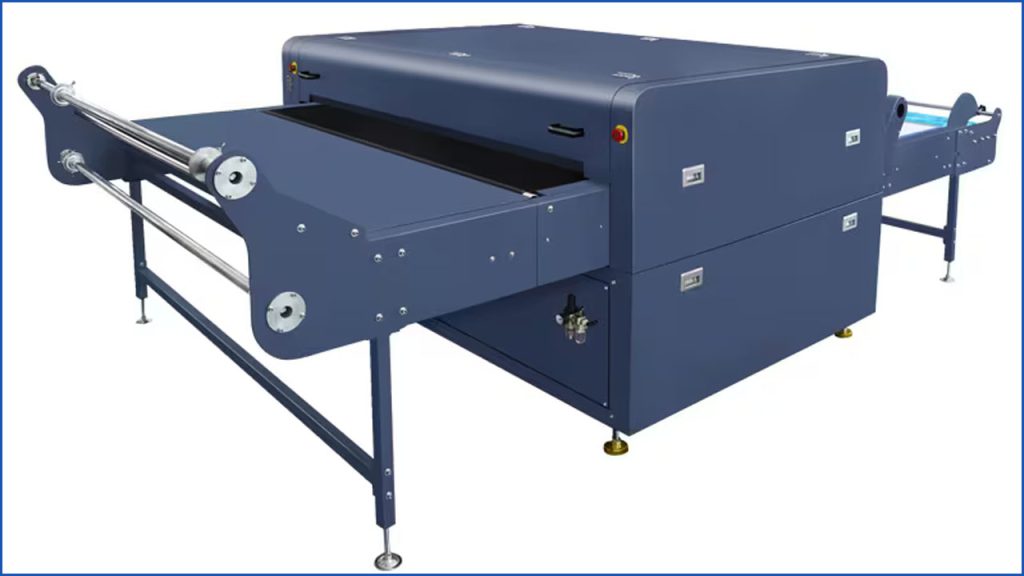
Conclusion:
It has been a pleasure to study the general concepts of different fusing techniques in order to gain a better understanding of the various methods for fabric bonding in garment construction and other fabric-related applications. Through this exploration, we have gained a deeper understanding of the advantages, limitations, and applications of various fusing techniques. We are grateful to our teacher for providing us with the opportunity to explore them.
